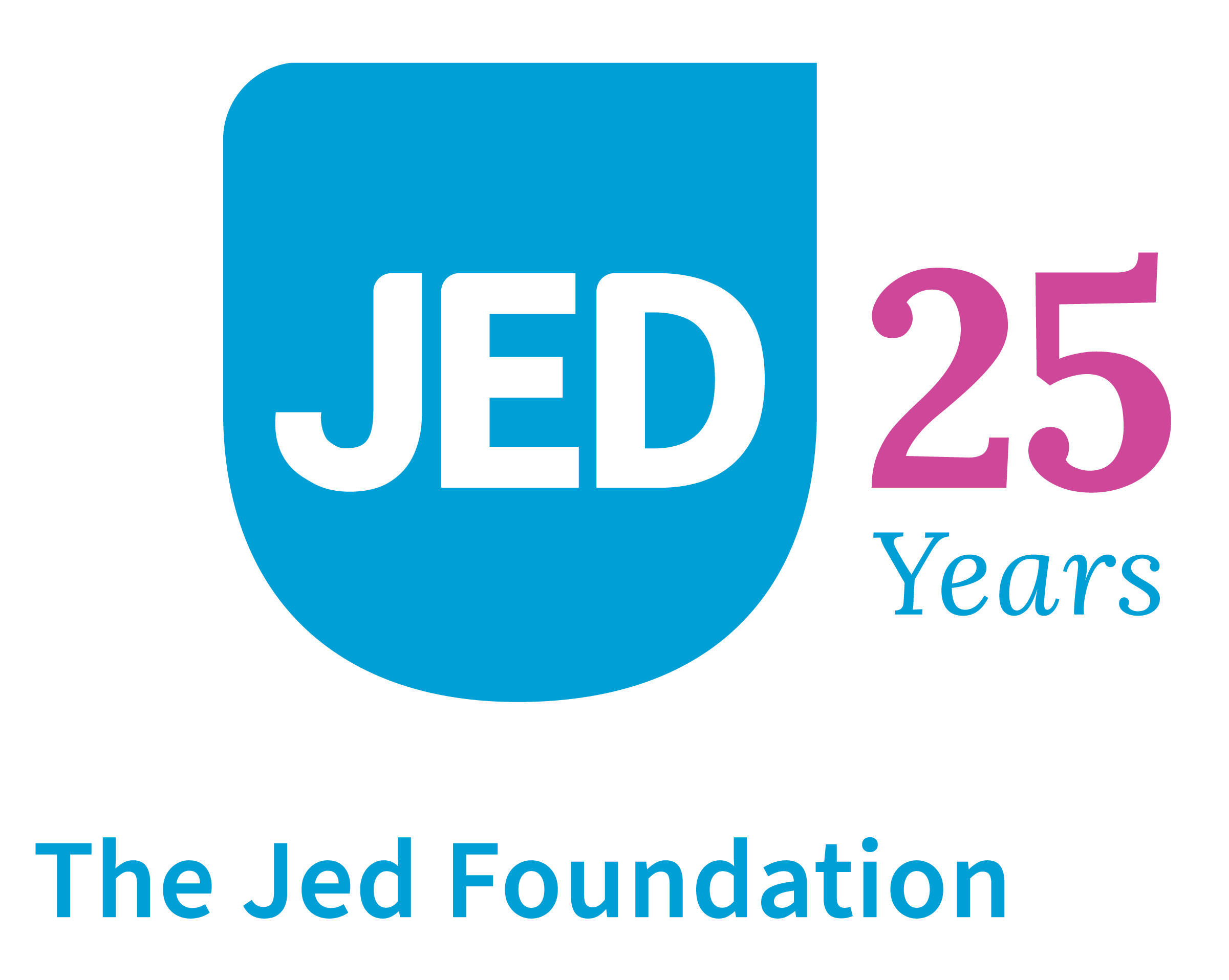Understanding Discrimination and Bias

Discrimination is the unjust treatment of people based on the groups or classes they belong to. Often, discrimination stems from biases or ignorance: when we fear or misunderstand someone who is different from us, we treat them differently.
Discrimination happens at a personal level, of course, but it reflects larger social biases and norms. Because of this, it is common to pick up social and cultural patterns when we are young and not notice the various ways in which discrimination is perpetuated by our cultures and major institutions. Since we grow up with it and it can feel “normal,” it’s sometimes hard to step back and see all the ways discrimination impacts us—as people experiencing discrimination and people who need to examine our own biases.
Types of Discrimination
People can discriminate against others due to one or more characteristics, including but not limited to age, race, and weight. Even characteristics that are not immediately visible or apparent to other people, such as religion, immigration status, gender, sexual orientation, or disability can be the focus of discrimination. Pregnant people or people who are parents may also experience discrimination by others.
There are many negative impacts of discrimination. Because of discrimination, people may be denied a quality education, opportunities for career advancement, proper medical care, or access to housing and other basic necessities. Discrimination may also impact some people who would like to get married or are looking to start families, and more. Some discrimination is subtle and experienced by people on a daily basis. It can also have serious impacts on people’s mental health and also contributes to worse physical health. In short, discrimination stops people from living to their full potential.
Understanding and Recognizing Bias
Part of the way our brains make sense of the world is by putting things into categories. The tendency to sort into groups and to order these groups is inherent: by five years old, children can sort people into groups based on age, gender, and race. This is not enough, in and of itself, to lead to bias, however.
Bias arises from our tendency to sort people into groups while also paying attention to what kinds of people are most likely to have power and resources in a society. Noticing that specific kinds of characteristics—for example, race or gender—are associated with having more or less status, power, resources, or respect from others leads to judgements about people or groups. In many cases, these associations are reinforced by our families, communities, or larger social groups. This way of attaching social value to particular characteristics is what leads to bias: a disproportionate preference for (or, on the other hand, an aversion to) an idea or a group of people, usually in a way that is close-minded or unfair. This, in turn, can create discriminatory behaviors, practices, and institutional policies.
What is Implicit Bias?
Implicit bias is an unconscious or immediate thought process that may go directly against our conscious beliefs. As noted above, bias comes from natural tendencies coupled with what we learn and observe starting at a very young age. We are often biased in favor of people or groups we see as familiar (which makes us think of them as “safe”), and biased against groups we have learned to see as unsafe or “strange.” These often unconscious associations can shape our attitudes and comfort levels around people we perceive as different, and can in turn affect how we treat them.
Examples of implicit bias include:
- Preferring to socialize with people that only look like you or or have similar identities to yours, without noticing that you tend to do this
- Reflexively feeling discomfort when you are around individuals or groups with certain characteristics (for example race, sexual orientation, or gender), even though you do not know anything about them as people
- Automatically changing how you speak to others, like classmates or coworkers, who identify differently than you
- Regularly showing more respect or giving preferential treatment to certain people based solely on particular characteristics
- Having a negative opinion about someone—for example, assuming someone is unhealthy or unintelligent—based on their race, age, gender, or other characteristics—without any personal knowledge of them as an individual
What makes it even more confusing is that being a victim of discrimination does not mean we are not also a perpetuator of discrimination; seeing and addressing unconscious bias takes conscious effort.
What is Explicit Bias?
Explicit bias is the conscious process in which we evaluate another person, deem them “acceptable” or “unacceptable,” and then treat that other person according to how we see them. Unlike implicit bias, which is most often unconscious or automatic, explicit bias is holding a clear and conscious judgement about groups of people based on their identity. Examples of explicit bias include:
- Consciously using language that is derogatory, disrespectful, a slur, or othering when speaking about people with different identities
- Reacting angrily or disrespectfully to someone speaking another language, or wearing a piece of clothing that is significant to their culture, religion, or ethnicity because of your own negative feelings about what it means to be part of that culture, religion, or ethnicity
- Treating a person with a disability like they are unintelligent or immature, or being overtly condescending
- Bullying or excluding someone from social activities because they are different from you, either because of your own biases or because you want to belong to the “in” group
Even though explicit bias and discrimination by institutions is largely illegal in the US and many other countries, implicit bias is a common cause of institutional discrimination: discriminatory practices in institutions such as businesses, schools, and government agencies, including:
- Passing someone (or whole groups of people) over for a promotion based on their gender, sex, age, race, or parental status
- A server being slower and less responsive to someone at a restaurant because they perceive them as different and less important than other customers
- Using derogatory “jokes” or slurs about someone’s ethnicity, religion, or sexual orientation in the workplace
- Being hesitant to sell or rent a home to someone based on their disability, race, religion, or family status
A person’s implicit bias, which is more subtle, can often lead to more obvious explicit bias and discrimination, like in the examples listed above. If you hear or see something at school or work that makes you uncomfortable, you might wonder if it is an example of implicit bias—and it may be. Understanding implicit bias and responding to explicit bias requires that we all pay closer attention to our own actions and the actions of others.
What is the Link Between Discrimination and Mental Health?
As we grow up, many of us receive messages, sometimes subtle and sometimes explicit, that we are less intelligent, skilled, kind, or worthy than others, solely based on one characteristic. These discriminatory messages about how our fundamental worth is tied to aspects of our identity can lead to poor self-image, elevated levels of stress, and other harmful consequences. For example, research shows that:
- LGBTQ+ youth are more likely than their peers to face isolation and rejection from family, difficulties in the school system, and housing instability. Discrimination against LGBTQ+ youth increases their risk of depression, anxiety, suicidal thoughts, and self-injury.
- Racial discrimination in healthcare, schooling, and the criminal justice system creates barriers for communities of color, making it harder for them to receive proper medical care, education, and resources. All of these barriers have negative impacts on physical and mental health.
- Older adults and people with disabilities are more likely to experience discrimination at work and in healthcare, both of which are associated with depression, low self-image, and overall poor health.
If you have experienced bias and/or outright discrimination, learning how to cope with and respond to this can help alleviate some of the negative effects of these behaviors.
Internalized Bias: Accepting Harmful Messages About Your Identity
Sometimes, the harmful messages we hear become part of how we act towards ourselves and people like us—that’s called internalized bias. For example, a person of color may have internalized racism, where they begin to believe and accept the stereotypes and beliefs about themselves based on their identity, and hold harmful attitudes about others with the same identity.
Internalized bias has very strong negative impacts on a person’s mental and physical health. Research shows that people who have internalized racism have an increased risk of anxiety and depression and suffer from lower self-esteem.
Bias and Empathy
Most of the conversation around discrimination and mental health is focused on people who face discrimation. But since we all have our own biases, it’s also important to examine how perpetuating discrimination can impact our mental health.
People who discriminate against others are likely to have low empathy—they lack the ability to see other people’s perspectives or recognize the value of other people’s perspectives. Having conversations about bias and reflecting on our own preconceived notions of others can help us gain empathy and unlearn harmful stereotypes and improve our mental health.
How to Unlearn Biases
Forming biases starts early, and parents and other trusted adults often wait to have tough conversations about discrimination until far after children have formed implicit biases. Sometimes the adults in our lives still hold their own biased opinions. So it’s not easy to unlearn biases, but it is important for our mental health and our relationships with others. Here are some helpful steps to identify and unlearn biases:
- Check your implicit biases. One way to check your own biases is to imagine people in different occupations. What do you see when you imagine a doctor, a teacher, or a scientist? Seeing where your brain goes automatically can help you unpack what you assume about others based on very little information.
- Show concern. Once you’re aware of your biases, learning how your biases can harm others is an important part of practicing empathy. This empathy and concern can help motivate you to learn more about larger systems of discrimination.
- Replace your biases. Research shows that actively imagining someone you’ve stereotyped as the opposite of that stereotype may help you “retrain” yourself to have less implicit biases. Actively deciding to replace stereotypical thinking is more likely to rewire your thoughts in the long term.
- Educate yourself. Discrimination stems from ignorance. Learning about or experiencing other cultures, ethnicities, abilities, and identities can help you unlearn your biases and learn to appreciate people’s differences.
Unlearning biases can be a long process, especially because discrimination happens every day in ways big and small. But it’s an important one if we want to improve ourselves and our society.






